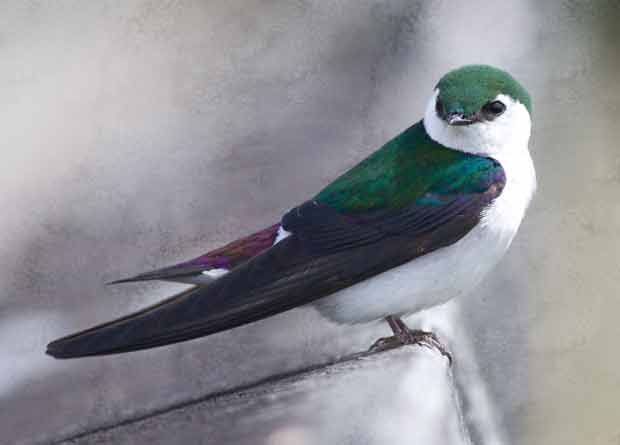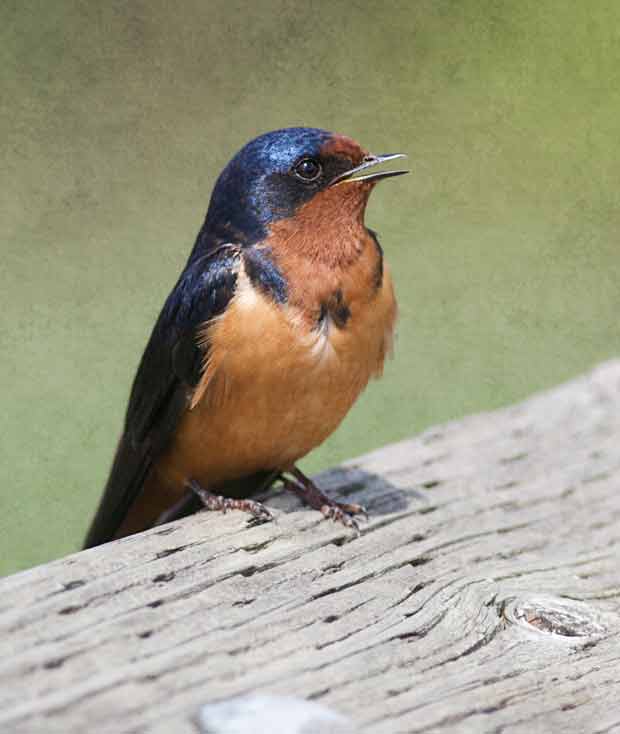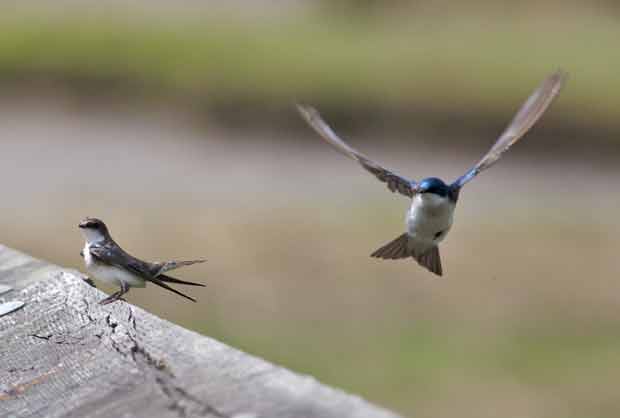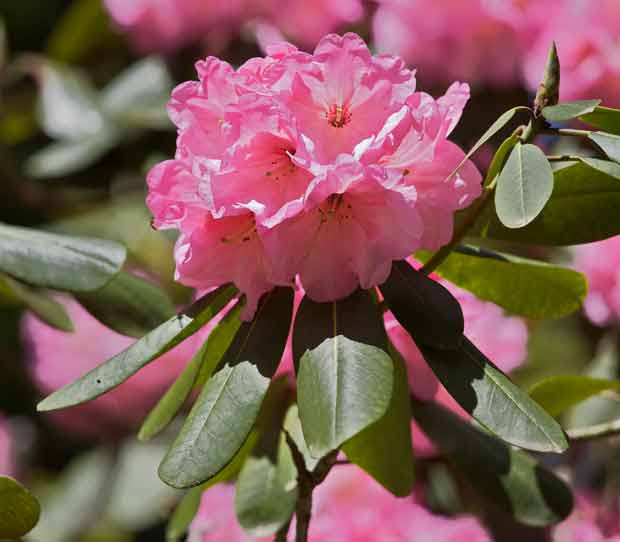Steve Hagen’s Buddhism:Plain and Simple ends with Part III entitled “Free Mind,” the shortest of the three sections, but perhaps the toughest section to understand, and certainly the toughest to put into action.
Hagen argues that we should see ourselves as a “stream” rather than as fixed, permanent entity:
When the Buddha spoke of individuals, he often used a different term: “stream.” Imagine a stream flowing-constantly moving and changing, always different from one moment to the next Most of us see ourselves as corks floating in a stream, persisting things moving along in the stream of time. But this is yet another frozen view. According to this view, everything in the stream changes except the cork. While we generally admit to changes in our body, our mind, our thoughts, our feelings, our understandings, and our beliefs, we still believe, “I myself don’t change. I’m still me. I’m an unchanging cork in an ever-changing stream.” This is precisely what we believe the self to be-something that doesn’t change.
The fact is, however, that there are no corks in the stream. There is only stream. What we conceptualize as “cork” is also stream. We are like music. Music, after all, is a type of stream. Music exists only in constant flow and flux and change. Once the movement stops, the music is no more. It exists not as a particular thing, but as pure coming and going with no thing that comes or goes.
One of the reasons I look back at earlier periods in my life is to see what, if anything, has been consistent throughout my life, as if somehow those consistencies would indicate who I really am. I’ll have to admit, though, that I usually find it difficult to see “myself” in those distant memories. In fact, the only aspect I can really identify with is the sense of awe and wonder that I used to experience when I was exploring nature.
An enlightened person, a buddha, is someone who is aware that ideas and beliefs are not Reality:
An ordinary person is simply one who is not awake in this moment; a buddha is a person who is. That’s all. The movement of the senses, our sensual experience of the world, is no different for a buddha than it is for anyone else.
What’s the difference, then, between a buddha and an ordinary human being? The difference is not in perception. It’s in conception. To a buddha—to a person with right wisdom—there’s no habitual overlaying of perceptual experience with concepts, with ideas, beliefs, notions, pre-formed habits of thought, that are used to explain experience. Thus we all have the capacity to awaken.
Our usual way is to take sense experience—perception—and immediately, before we even know we’re doing it, we divide our seamless direct experience into concepts. Then we label these concepts, organize them, and hang them in an elaborate and cherished framework that we have long and laboriously built upon.
A buddha, however, isn’t caught by this. When buddhas conceptualize (and they do), they realize what they’re doing and aren’t taken in by it. After all, it’s not conceptualization itself that’s the problem, but getting caught up in it, mistaking our concepts for Reality.
The awakened may have thoughts and concepts just like anyone else. The difference is that they’re aware that what they actually see differs from what they think.
The Buddha called this awareness right wisdom.
If birding has taught me anything, it is that we tend to see our world through different perspectives, and those perspectives, at least to a certain degree, determine what we see. Since I’ve become aware of birds I’ve seen birds that I must have passed by thousands of times and never saw. If someone had told me that years ago, though, I doubt that I would have believed them.
I’m afraid that as a life-long INTP, I probably spent too much of my life thinking, reasoning. I took philosophy classes in college looking for the answers to life’s meaning until I finally tired of endless “reasoning.” The deeper I dug, the further I seemed to be away from finding any kind of answer I could live with. Perhaps that’s why I’m sympathetic when Hagen argues:
Consciousness is nothing more that the splitting of Reality into this and that. Consciousness is making distinctions and drawing lines. That is set off “over there,” and you’re set off “over here.” Consciousness divides what is otherwise the direct experience of a seamless Whole into the world of multi- plicity, the world of space and time. (Or, rather, it appears to divide up the Whole. The Whole of course remains whole.)
Because of consciousness, the universe appears “out there,” loaded with stuff. And, likewise, because of consciousness, “here l am” as well.
As a literature major, I was taught how to split Reality “into this and that,” to analyze to the point that the original became little more than a footnote to the interpretation. Or, as John Barth put it, I became a “print-oriented bastard” “lost in the funhouse of the mind.”
As I remember it, that’s why I decided not to try to become an English professor. I never lost my love of art, but I did become disillusioned with analyzing it until the original had lost all its power to transform the way I saw the world.
Ultimate Truth, on the other hand, is direct perception. And what is directly perceived (as opposed to conceived) is that no separate, individualized things exist as such. There’s nothing to be experienced but this seamless, thoroughgoing relativity and flux.
In other words, there are no particulars, but only thus.
Ultimate Truth can’t be conceptualized or imagined. You cannot hold Ultimate Truth in your mind at all. You can see It. You just can’t hold It as an idea.
Ultimate Truth appears the same to all who see. It can’t be countered or doubted or discounted because it is immedi- ate, direct experience itself. It’s not other-dependent. It has no “other.” What’s ultimately True can’t be held in opposition to something else.
We can actually see this. We can (and, in fact, we do) see for ourselves, right now, Ultimate Truth, and Reality. Our only problem is that we ignore what we see.
Art is certainly no substitute for “direct perception,” and may even make direct perception more difficult if it is too powerful. At its best, though, it seems to me that art makes us see the world more accurately, undermines our stereotypes, and makes us reexamine the world in a way few other things can.








